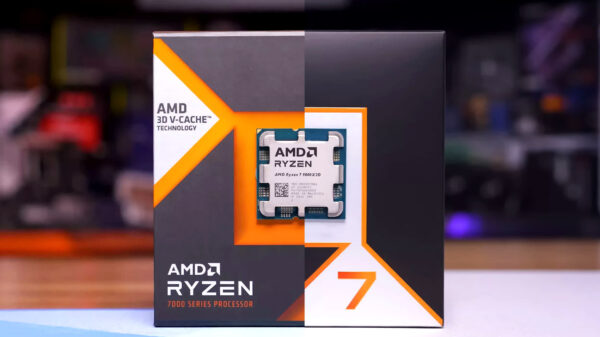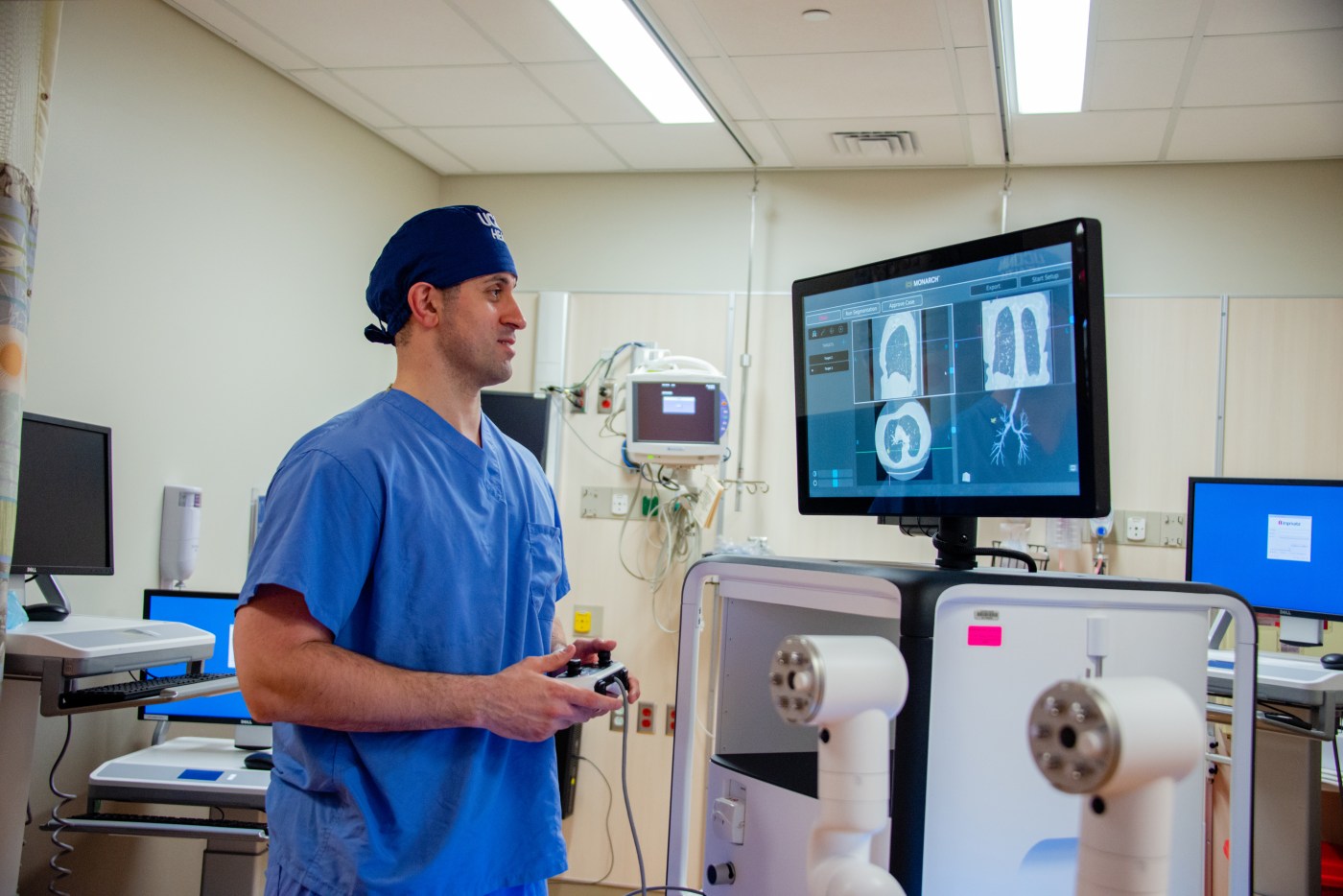Artificial intelligence (AI) is playing a pivotal role in diagnosing early-stage cancers at UConn Health. A recent case involved a patient in her 20s suffering from pneumonia, where AI identified a small abnormal area on her CT scan, leading to an early and uncommon diagnosis of cancer. This timely detection allowed the young athlete to continue her athletic pursuits while receiving necessary treatment.
AI Enhances Diagnostic Capabilities
Dr. Omar Ibrahim, service chief of the Neag Cancer Center and director of interventional pulmonary at UConn Health, noted that typically, cancer screening is not a focus for those in their 20s and 30s. The new AI software enables healthcare professionals to identify suspicious findings that might otherwise go unnoticed. “It has a huge ability to catch so much more in a short amount of time and filter information for us at a capacity that would require multiple people to do,” he explained. “Every few days, we are able to help a dozen or so patients that have a risk finding that needs to be investigated.”
Officials at UConn Health report that integrating AI into radiology and pulmonary medicine is a game changer for patient triage, helping prioritize cases that require immediate attention. Despite these advancements, medical professionals emphasize that AI does not replace the expertise of radiologists and doctors, who still interpret the scans and develop patient care plans. The overall sentiment among healthcare providers is that AI serves as a crucial tool for enhancing patient care.
Challenges and Future of AI in Medicine
While the benefits of AI are significant, there are challenges related to data security. Concerns regarding patient data privacy are paramount, particularly as AI technology evolves. Dr. Ibrahim highlighted that UConn Health has implemented stringent cybersecurity measures to protect sensitive information, ensuring that data is encrypted and secure.
The National Institutes of Health has stated that “AI is aimed to complement, rather than replace, doctors and healthcare providers.” This perspective is echoed by many in the medical field, who believe that rather than eliminating jobs, AI will shift responsibilities toward more complex tasks while improving efficiency in data collection and analysis.
UConn Health has introduced 12 AI modules that flag potential life-threatening findings in radiology examinations. Dr. Michael Baldwin, an attending radiologist, explained that these modules are designed to urgently highlight imaging studies with suspected acute findings. For instance, an AI module focused on detecting intracranial bleeds has demonstrated over 95% sensitivity and more than 94% specificity. “If you have a family member arriving in the ER with symptoms of chest pain, they want to be treated as soon as possible,” he noted, underscoring the importance of timely responses in critical situations.
Despite the impressive capabilities of AI, Dr. Baldwin cautioned that initial diagnoses may not always be accurate. AI might incorrectly identify conditions such as intracranial bleeds, which reinforces the necessity of radiologists to verify findings and offer their professional interpretation. “Even when these modules are flagged in studies, we need to ensure that we have a physician there to render an opinion on that finding,” he said.
As the healthcare landscape continues to evolve, the introduction of AI technologies is expected to enhance diagnostic processes further. Dr. Ibrahim also mentioned the implementation of an AI scribe in his practice, which assists in documenting patient interactions, allowing him to dedicate more time to patient care. “It allows me to spend more time with the patient and less time writing my notes,” he observed.
The integration of AI into medical practices at UConn Health is indicative of a broader trend where technology is increasingly utilized to improve patient outcomes. As the capabilities of AI expand, it will be intriguing to observe its future role in healthcare, particularly in refining diagnostic processes and patient management.





































































